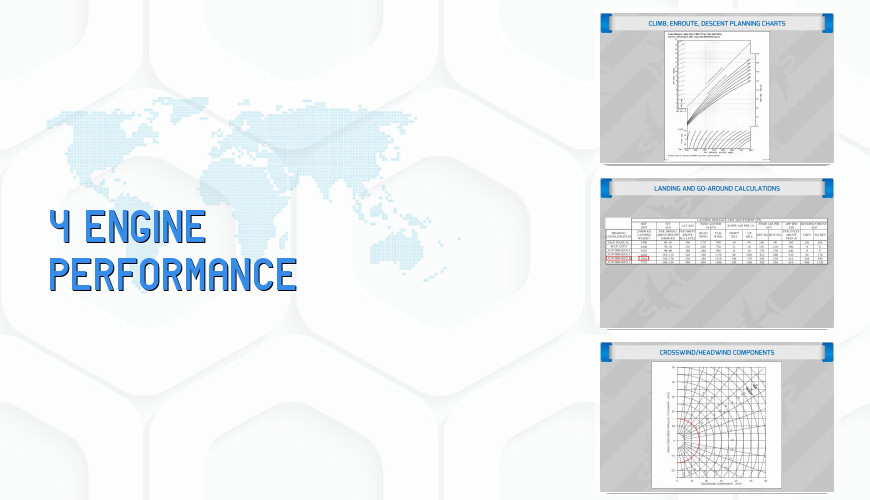
Course Information
The aircraft performance of jet aircraft is basically very similar, but when flying a four-engine aircraft there are some important items that must be emphasized for the operator and the pilots. This program identifies critical issues that differ with this type of aircraft from the standard two-engine models. Included in this program are the following items: General aircraft performance definitions of terms and the importance of the accurate computation of this data. A review of takeoff performance data information such as brake energy limitation, head/crosswind components, field length, climb limit, obstacle limit, tire speed limit, V-speeds and minimum control speeds and a discuss of the challenge of asymmetric thrust from the loss of an outboard engine during a critical phase of flight. Great review for pilots of four-engine jet aircraft.
Content of the Course
| Slide | 24 | Duration | 00:16:47 | Exam | No |
|---|
- COURSE START KURS BAŞLANGICI
- INTRODUCTION
- DEFINITIONS OF TERMS
- IMPORTANCE OF PERFORMANCE DATA
- TAKEOFF REQUIREMENTS
- BRAKE ENERGY LIMITS
- CROSSWIND/HEADWIND COMPONENTS
- TAKEOFF FIELD LENGTH
- TAKEOFF CLIMB LIMIT
- OBSTACLE LIMIT
- TIRE SPEED LIMIT
- VMCG/VRMIN
- TAKEOFF %N1
- STAB TRIM SETTINGS
- CLIMB, ENROUTE, DESCENT PLANNING CHARTS
- LONG RANGE CRUISE MAXIMUM OPERATING ALTITUDE
- HOLDING PLANNING
- LANDING AND GO-AROUND CALCULATIONS
- CLIMB LIMITED WEIGHT FOR LANDING
- EMERGENCY OR ABNORMAL PERFORMANCE CHARTS
- ENGINE INOPERATIVE
- TWO ENGINE INOPERATIVE MAX CONTINUOUS THRUST
- SUMMARY
- COURSE END

